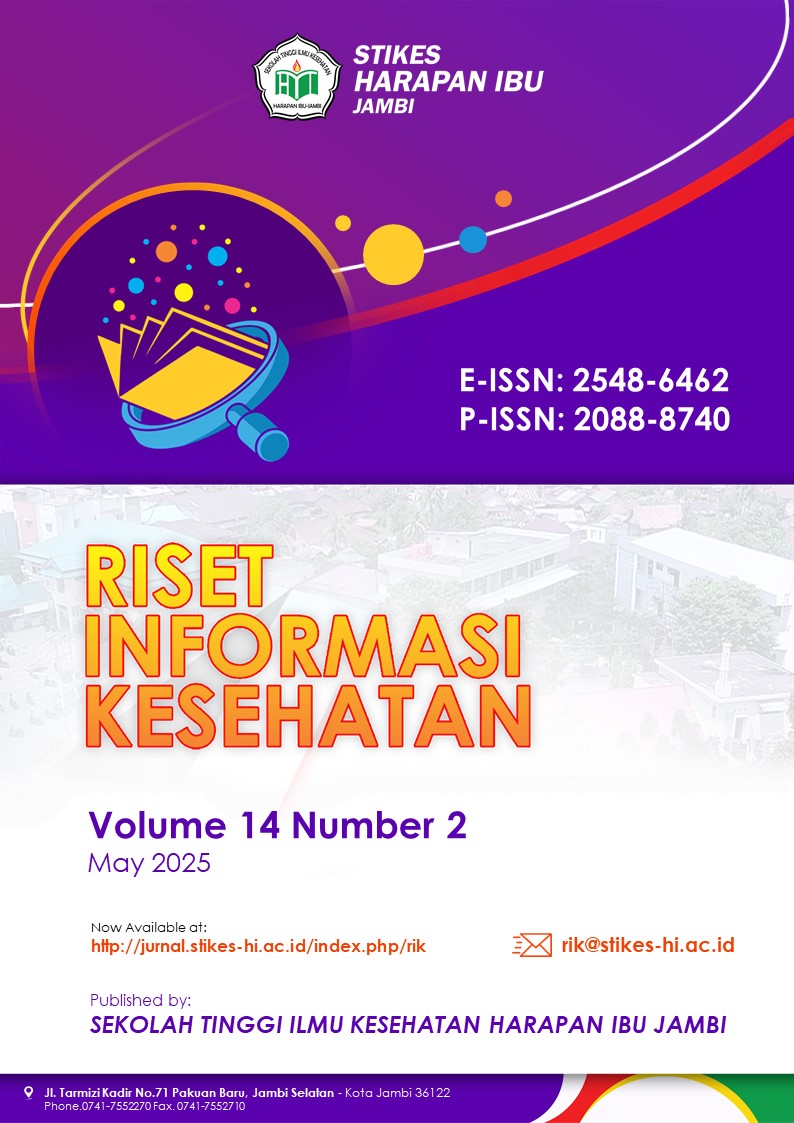Abstract
Background: The objective of antihypertensive therapy is to regulate blood pressure in accordance with the patient's condition. Patient adherence to medication is a significant factor affecting the efficacy of hypertension treatment. Regulated blood pressure is an indicator of the efficacy of antihypertensive treatment.
Objective: This study seeks to assess the correlation between adherence to antihypertensive medication and patient characteristics, antihypertensive kinds, and hypertension categorization.
Methods: This research employed a descriptive-analytical methodology with a cross-sectional design. The sample method employed was purposive sampling. Seventy-eight respondents participated in interviews utilizing a compliance questionnaire. Statistical analysis of the data was conducted utilizing the chi-square test method.
Results: The study showed that most respondents had a high level of compliance (46.15%). Most respondents had blood pressure in the stage 2 hypertension category (46.15%). Based on the results of the correlation test between the level of compliance with the classification of hypertension obtained (p = 0.000).
Conclusion: The level of compliance in undergoing therapy is related to the patient's gender and hypertension classification, but is not statistically related to the type of antihypertensive used.

This work is licensed under a Creative Commons Attribution 4.0 International License.
Copyright (c) 2025 Riset Informasi Kesehatan

